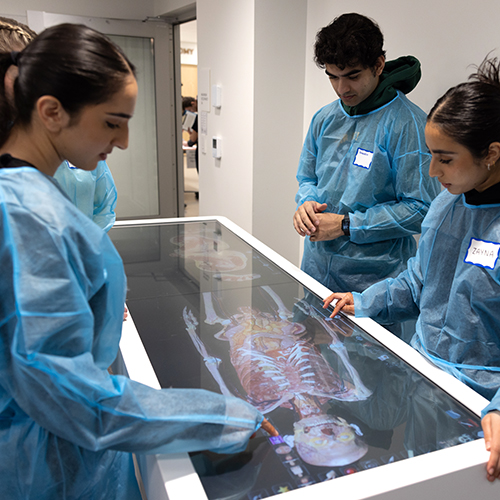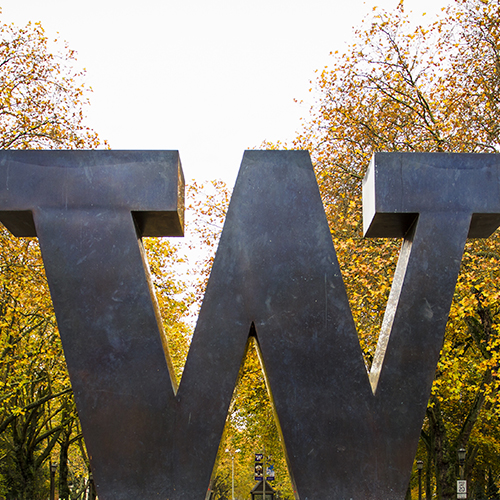In October, the UW Department of Physics celebrated its second Nobel laureate when Professor Emeritus David Thouless received the 2016 Nobel Prize in physics. Hans Dehmelt was the department’s first Nobel laureate in 1989.
Thouless shares his Nobel Prize with F. Duncan M. Haldane of Princeton University and J. Michael Kosterlitz of Brown University, for research that overturned prevailing theories on how matter behaves in flat, two-dimensional environments. The scientists were able to describe new and unique behaviors of physical matter — more “exotic” states than the typical solid, liquid or gas —in these 2-D environments.

“It is the foundation for new technologies we are exploring today, using 2-D surfaces using graphene and other new materials,” says Marcel Den Nijs, UW professor of physics, who has known Thouless for 35 years. “This award was a long time coming. He’s a brilliant scientist and a wonderful person.”
Thouless joined the UW Physics Department in 1980, following 13 years at the University of Birmingham in the United Kingdom, where he began his pivotal research, and a brief stint at Yale University. At the UW, Thouless and three postdoctoral researchers, including Den Nijs, used topological methods to show that quantum mechanics reign supreme in flat, two-dimensional environments. Their work set the stage for today’s quests in physics and materials sciences for innovative approaches to electronics and computing, all of which depend on a thorough understanding of topological interactions in flat, 2-D realms.
...it reminds us how important fundamental scientific research and education are to our society, even when the practical applications...take decades to emerge.
“Professor Thouless’s work epitomizes the University of Washington’s deep commitment to world-class research that stretches our understanding of exotic matter and the complex universe around us,” says Robert Stacey, Dean of the College of Arts & Sciences. “And it reminds us how important fundamental scientific research and education are to our society, even when the practical applications of such research take decades to emerge.”
Thouless, who retired in 2003, has received many previous awards and honors for his groundbreaking discoveries, including the prestigious Wolf Prize for Physics in 1990. He is a Fellow of the Royal Society, the American Academy of Arts and Sciences, and the American Physical Society.
“Not only did his discoveries open up entirely new fields of research, but they also have had implications for the electronic devices that power our world today and those that may do so in the future — everything from advanced superconductors to quantum computers to other applications we can hardly imagine,” says UW President Ana Mari Cauce. “We are tremendously proud of this recognition of the seminal importance of his work.”
In addition to the two Nobel Prizes in physics, the University has five other Nobel laureates — E. Donnall Thomas, Erwin G. Krebs, Edmond H. Fischer, Leland Hartwell, and Linda B. Buck (BS, Psychology, Microbiology, 1975) — all of whom won the prize in physiology or medicine.
For more about David Thouless’s research, see the UW’s October 14 press release announcing his Nobel Prize.
More Stories

The Impact of Anatomy Lessons
Anatomy for Change, a program for students underrepresented in healthcare careers, provides opportunities to spend time in an anatomy lab.

What the Sky Teaches Us
Brittany Kamai, an astrophysicist with knowledge of Pacific Islanders' Indigenous navigation using the sky, is teaching a new UW course, Pacific Indigenous Astrophysics.

Fellows, Futurists & More Awards
Recent awards and appointments celebrate Arts & Sciences faculty, staff, and alumni research, leadership, and more.